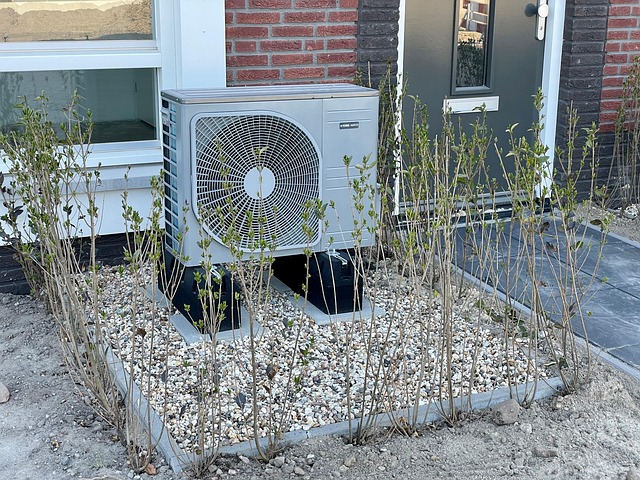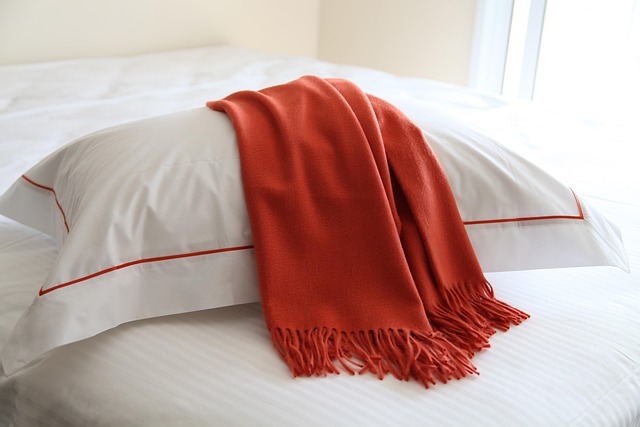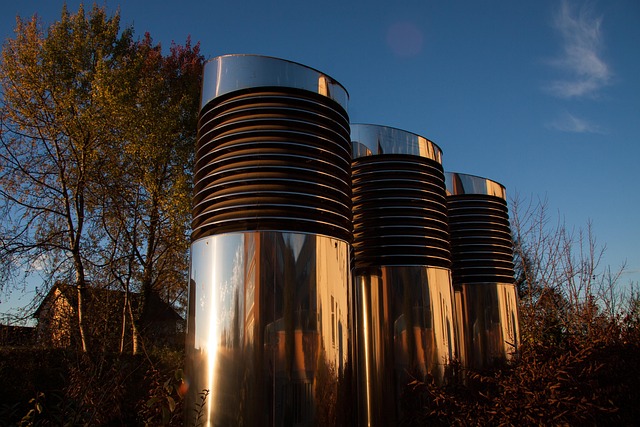Mold spores, invisible to the naked eye, are found both outdoors and indoors. Indoors, they originate from water damage, insulation, or behind walls, and travel via air currents. Air movement distributes mold spores throughout buildings, with moisture-rich areas like bathrooms and kitchens being optimal growth zones. Lighter spores remain airborne longer, while heavier ones settle quickly. Factors influencing spore dispersal include spore production, temperature, humidity, ventilation, and colony size. Inhalation of indoor air mold spores can cause allergic reactions, respiratory issues, infections, and toxic effects, especially for vulnerable individuals.
“Uncovering the invisible path of mold spores in indoor environments is crucial for understanding potential health risks. This article explores how these microscopic invaders travel through the air we breathe. From sources like water-damaged materials and dirt, mold spores disperse, influenced by air movement and settling patterns. We delve into factors determining their travel distance and the associated health hazards from inhalation. By grasping these dynamics, folks can take proactive measures to mitigate mold exposure.”
- Sources of Mold Spores Indoors
- Air Movement and Distribution
- Settling and Deposition Patterns
- Factors Influencing Travel Distance
- Health Risks from Inhalation
Sources of Mold Spores Indoors

Mold spores, invisible to the naked eye, are ubiquitous in both outdoor and indoor environments. Indoors, these microscopic entities can come from various sources. Water-damaged areas, such as leaky pipes, flooded basements, or poorly ventilated bathrooms, serve as breeding grounds for mold, releasing vast quantities of spores into the air. Even seemingly dry spaces like insulation, ceiling tiles, or behind walls can harbor dormant mold colonies that become active and disperse spores when conditions are favorable. Furthermore, individuals bring in outdoor mold spores on their clothing, shoes, and pets, further contributing to the indoor spore load.
Air Movement and Distribution

Air movement plays a pivotal role in the distribution of mold spores within indoor spaces. When moisture accumulates in areas like bathrooms, kitchens, or places with water leaks, it creates an ideal environment for mold growth. As mold spores mature, they become airborne, facilitated by even the slightest air currents. These microscopic particles can then circulate throughout a building via ventilation systems, ducts, and general air movement.
The indoor air quality is significantly impacted by this process, as mold spores are not only dispersed but also concentrated in different zones of a structure. Understanding these airflow patterns is crucial for identifying areas prone to high spore levels and implementing effective strategies to mitigate mold growth and ensure healthy indoor environments, especially for individuals sensitive to mold spores in the air.
Settling and Deposition Patterns

Mold spores, once released into the indoor air, exhibit unique settling and deposition patterns influenced by various factors. These tiny particles, ranging from 0.1 to 10 microns in size, travel with air currents before eventually settling on surfaces. Their path to resting place is not random; gravity and other physical forces play a significant role. Lighter spores tend to stay aloft for longer periods, while heavier ones quickly descend, following the direction of air currents.
This behavior is crucial in understanding how mold spreads within enclosed spaces. Spore deposition occurs where air stagnation or turbulence is present, leading to concentrated growth areas. Surfaces like walls, floors, and even furniture can become breeding grounds if they trap these microscopic travelers. In terms of mold spores in air, recognizing these settling patterns helps in identifying potential hotspots and implementing effective containment strategies.
Factors Influencing Travel Distance

The travel distance and dispersal of mold spores in indoor air are influenced by several factors. One key determinant is the source of the spores—different types of molds produce varying amounts of spores, with some species being more aggressive dispersers than others. Additionally, environmental conditions play a significant role; higher temperatures and humidity levels facilitate spore growth and release, leading to increased concentrations in the air. Air currents and ventilation systems also impact spore movement, as they can carry and distribute mold spores across rooms or even buildings.
The size and density of mold colonies matter too. Larger colonies tend to produce more spores, which become airborne more easily due to their reduced mass. Poor indoor air quality, inadequate filtration systems, and lack of proper ventilation exacerbate the issue by trapping and recirculating mold spores, allowing them to travel further and potentially settle in unexpected areas, posing health risks to occupants.
Health Risks from Inhalation

Inhaling mold spores can pose significant health risks, especially for individuals with existing respiratory conditions or compromised immune systems. These microscopic particles are lightweight and easily dispersed through indoor air, increasing their potential to be ingested or inhaled. When mold spores enter the body, they can trigger allergic reactions, causing symptoms such as sneezing, runny noses, itchy eyes, and asthma attacks. Prolonged exposure may lead to more severe health issues, including respiratory infections and chronic inflammatory conditions.
Moreover, certain types of mold produce toxic compounds known as mycotoxins, which can be harmful when inhaled. These toxins can damage the lungs and even enter the bloodstream, potentially affecting various organs and systems in the body. At-risk populations, such as children, the elderly, and individuals with chronic lung diseases, should take extra precautions to minimize their exposure to mold spores in indoor air environments.






